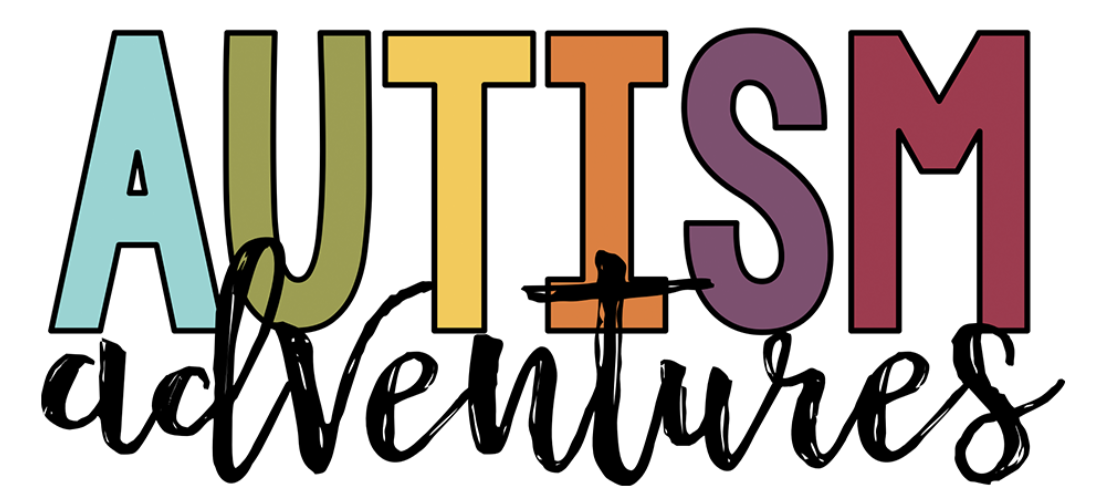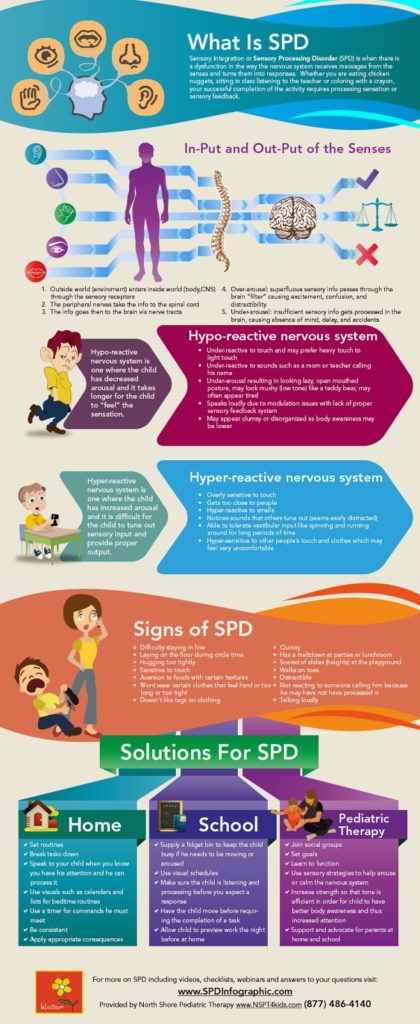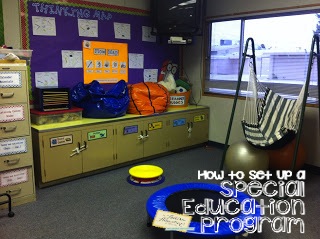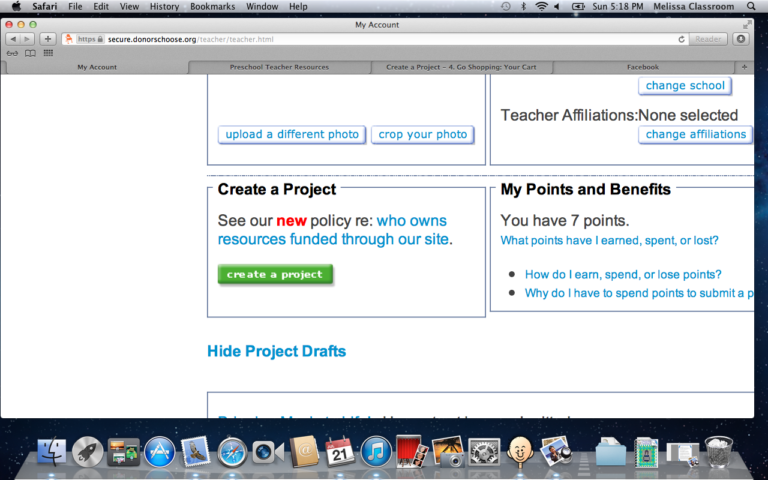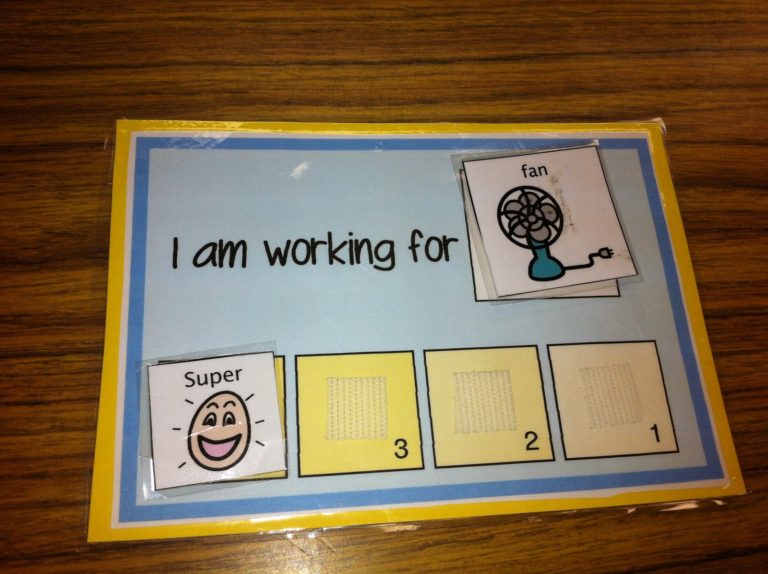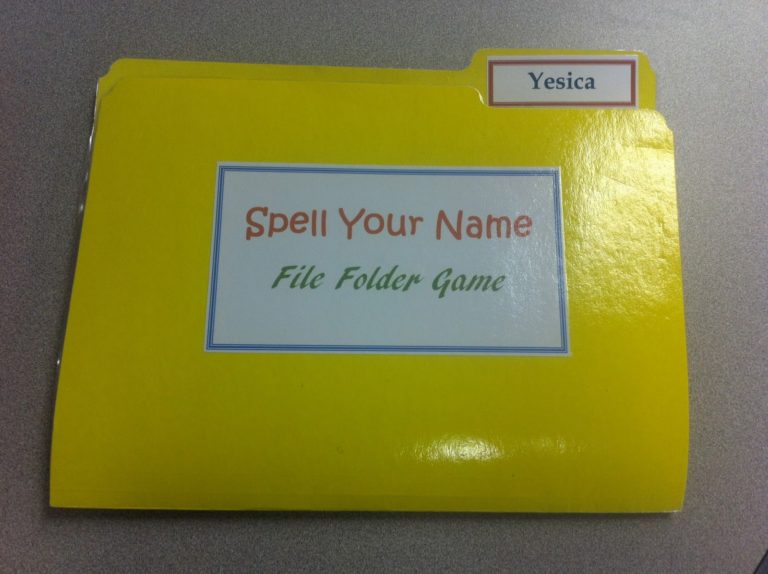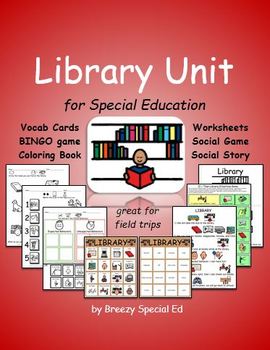Wiggle Worms, Bouncing Beans and Tapping Tigers
Wiggle worms, bouncing beans and tapping tigers. That’s what I use to call my kids when their driving me nuts! We all have these kiddo’s, the ones that have ants in their pants all day! How do we make it work in our classroom? I have an answer for you…. Sensory Diets!
But first off, we must understand what Sensory Processing disorders are?Simply put (in teacher terms…), sensory processing disorder is a condition that affects the way a person responds to different things within the environment. Their brain is unable to process their surroundings appropriately. Let me give you some examples in the school setting that may affect a child with sensory processing disorder: loud bells, crowded hallways, bright lights, smelly food, gooey art supplies.
But first off, we must understand what Sensory Processing disorders are?Simply put (in teacher terms…), sensory processing disorder is a condition that affects the way a person responds to different things within the environment. Their brain is unable to process their surroundings appropriately. Let me give you some examples in the school setting that may affect a child with sensory processing disorder: loud bells, crowded hallways, bright lights, smelly food, gooey art supplies.
Click on the image to read more:
How do you know if your student may have a sensory processing disorder. Certain symptoms may include:
- Discomfort of textures
- Sensitive to smells
- Difficulty managing movements
- Discomfort of human touch
- Unresponsive to pain
- Makes loud noises
- Constantly seeking oral stimulation
- Discomfort of lights, sounds
- Constantly fidgeting
Now, if your students show any of these signs, does it mean that they have a sensory processing disorder? Of course not. If they show none of these signs, does it mean they do not? Not necessarily. Every child is different and every child has different needs. It is important for these students that you “red flag” as having a sensory disorder to get assessed. We as teachers cannot diagnose such a condition.
Now, in my opinion, a sensory integration diet should be implemented in every classroom, no matter what the age group or abilities are. Sensory integration can help students meet their full potential and learn to regulate their behaviors appropriately. According to Anna Jean Ayres, sensory integration is “the neurological process that organizes sensation from one’s own body and from the environment and makes it possible to use the body effectively within the environment.” It is important for all of our students to have access to sensory tools, equipment and activities to help them organize themselves in a successful manner.
We can’t be mad at our students for these sensory seeking behaviors. We must teach them how to provide the input themselves or how to request sensory input to help them better regulate their behaviors. Remember- we want them to learn how to become successful within the school day- even if it means adding extra supports throughout the day! With time, we can reduce and take away these supports…but only after they are successful with them 🙂
Check back tomorrow to read all about how to set up a sensory diet for your classroom! 🙂
